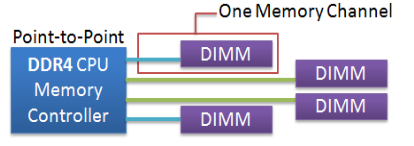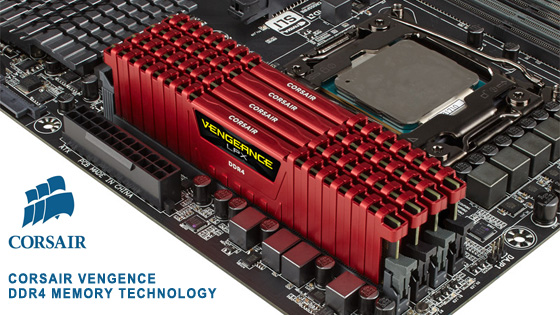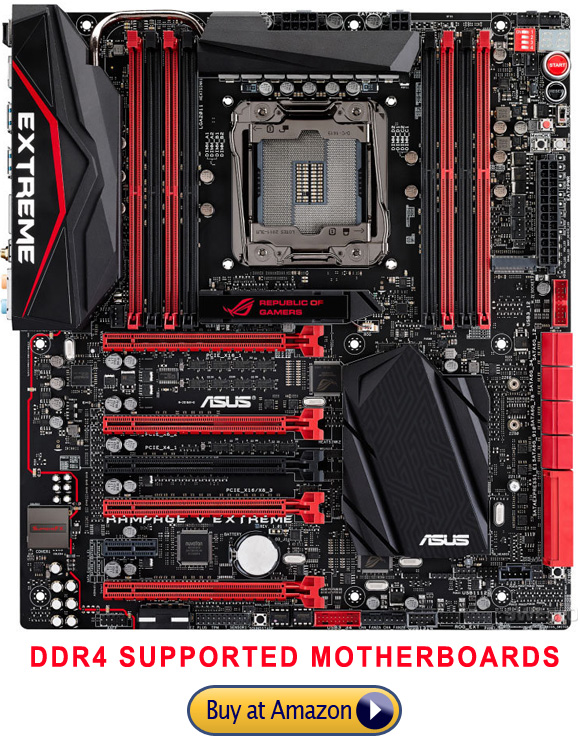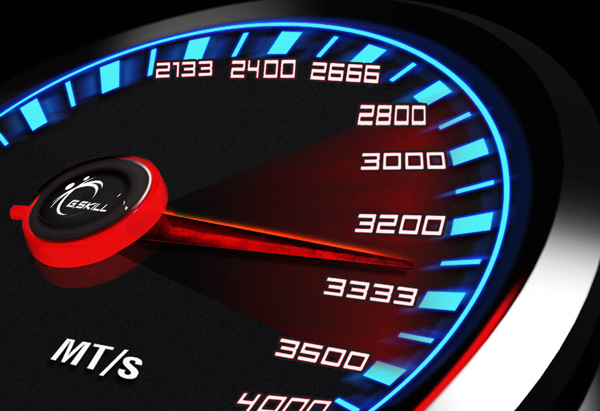A fast memory communication with the processor will ensure a speedy data transfer to and from the main memory, there is a dedicated controller for such purpose either installed as part of processor or a chip part of motherboard. CPU memory controller is a integrated part of computer processor also known as IMC (integrated memory controller) which serve as a manager responsible for data flow to and from the main/ system memory.
Dual DIMM Per Channel:
Current DDR3 memory consist of two memory channels and installed DIMM work through multi-drop bus interface. The multi-drop bus architecture has CPU memory controller that has dual DIMM each of two memory channels. This means two memory modules installed in one memory channel will be used for communicating with the main baord/ CPU. This architecture has a flaw since there will be delay in communication, since two DIMM will be utilizing/ sharing one channel.
Single DIMM Per Channel:
The latest DDR4 memory architecture will utilize a parllel architecture commonly known as point-to-point bus interface. Since point-to-point topology allows single component communication on one channel, DDR4 CPU memory controller will use four memory channels instead of two, this will provide dedicated bus connection to each DIMM module and hence providing a faster communication between the hardware components.
So the transition from DDR3 to DDR4 memory includes a multi-drop topology towards point-to-point topology. We have seen such transition in past in case of PCI (Peripheral Component Interconnect) bus towards PCIe (PCI Express) bus. We all know that PCIe are much faster than older counterpart and this is due to parllel communication architecture (PtP). DDR4 memory bus architecture for servers will be even more complex. The anticipated servers with ddr4 support will run on single DIMM per channel but will has digital switches to extend the access to more than one set of memory modules.
Gaming computers requires hardware that support over-clocking of the main memory to cut down cost and get maximum performance out of the installed memory modules. Since point-to-point topology provide a dedicated path to communicate with the motherboard this will ensure to cut down the timing delays for harnessing clock-speeds in a cheap and efficient manner. In order to get full performance, you need a DIMM installed in all four slots of your motherboard.





